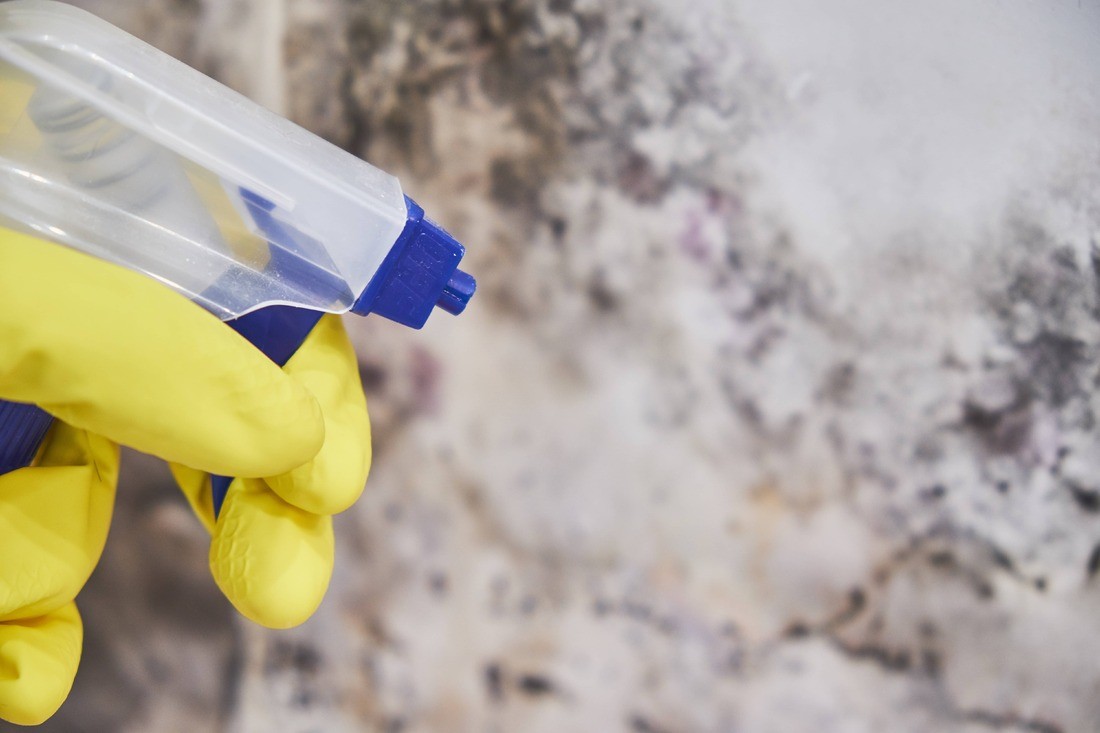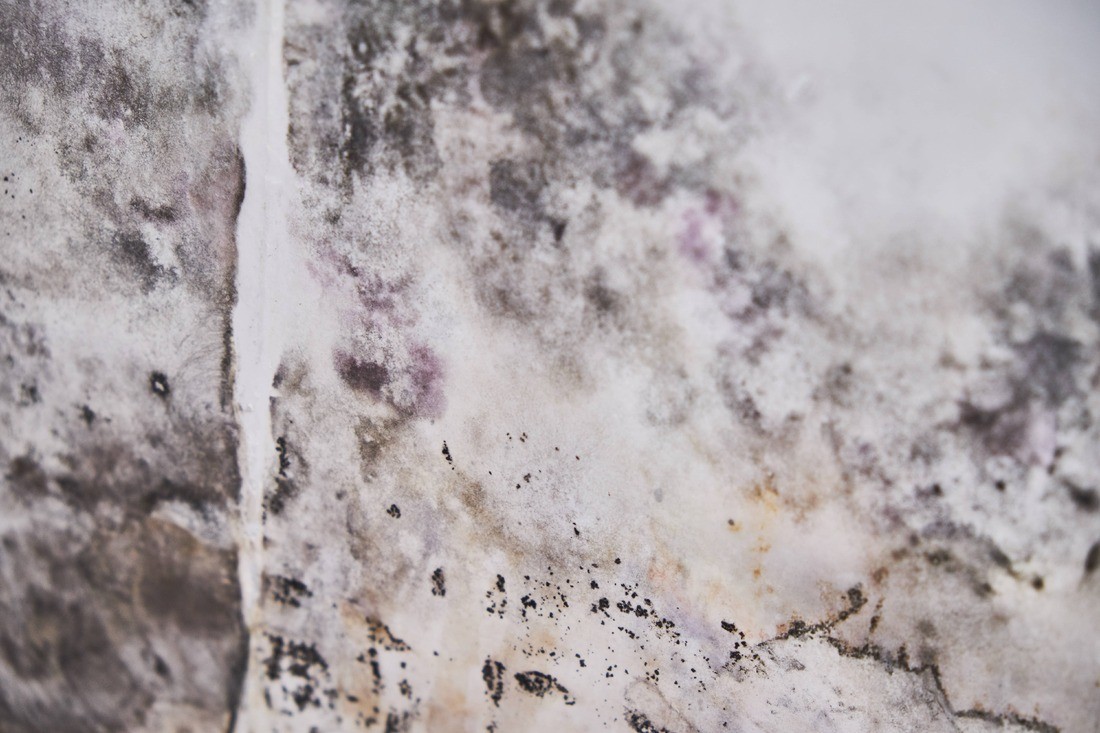
Introduction
A basement flood can be a homeowner’s worst nightmare. Not only can it cause extensive damage to your property, but it can also create health hazards and disrupt your daily life. When faced with an unexpected basement flood, it is crucial to take immediate action to mitigate the damage and ensure the safety of your home and family.
Causes of Basement Flooding

Understanding the causes of basement flooding can help you prevent future incidents and address existing issues. Common causes of basement floods include:
- Heavy rainfall or storms
- Inadequate drainage systems
- Sewer backups
- Burst pipes
- Faulty sump pumps
Identifying the specific cause of the flood can guide you in the appropriate cleanup and restoration steps.
Emergency Measures to Take
When a basement flood occurs unexpectedly, it is crucial to take immediate action to minimize the damage and ensure everyone’s safety. Here are the emergency measures to take:

1. Shut off the Power
A flooded basement can pose electrical hazards. Before entering the flooded area, ensure that you shut off the power supply to the basement to reduce the risk of electric shock. If you are unable to safely access the electrical panel, contact a professional electrician.
2. Assess the Safety and Structural Stability
Before entering the flooded area, evaluate the safety and structural stability of the basement. Look for signs of significant damage, such as sagging ceilings, cracks in the walls or floors, or any other signs of compromised structural integrity. If there are any concerns, do not enter the area and seek professional assistance.
3. Remove Standing Water
To prevent further damage and mold growth, it is essential to remove standing water from your basement as soon as possible. Use a portable sump pump, wet/dry vacuum, or call a professional water restoration service to handle the water extraction process efficiently.
4. Dry and Dehumidify
After removing the standing water, it is crucial to dry out the affected area thoroughly. Use fans, dehumidifiers, and open windows to promote air circulation and facilitate the drying process. This step is vital in preventing mold growth and further damage to your property.
5. Salvage Important Belongings
While focusing on the cleanup and restoration process, make it a priority to salvage important belongings from the flooded basement. Remove items that can be salvaged, such as furniture, documents, photographs, and sentimental items. Place them in a dry and safe area while you clean and restore the basement.
6. Document the Damage
It is crucial to document the damage caused by the basement flood for insurance purposes. Take photographs and videos of the flooded area and the damaged items. Keep track of all restoration-related expenses, as these can potentially be reimbursed by your insurance provider.
7. Contact a Professional Water Damage Restoration Service
While you can implement initial emergency measures, it is recommended to contact a professional water damage restoration service. These experts have the necessary knowledge, equipment, and experience to handle the cleanup, drying, and restoration process efficiently. They can also provide guidance on insurance claims and help prevent further water-related issues.
Frequently Asked Questions (FAQ)
What are the common causes of basement flooding?
Should I attempt to clean up the flooded basement myself?
How soon should I start the cleanup and restoration process?
Can my homeowner’s insurance cover the costs of basement flood damage restoration?
Conclusion
A basement flood can be a stressful and overwhelming experience. By taking immediate emergency measures and seeking professional assistance, you can minimize the damage, restore your basement, and ensure the safety of your home and family. Remember to document the damage and consult with your insurance provider to determine the coverage for basement flood damage restoration.
If you need professional water damage restoration services, contact Service Water Restoration Pros at 949-209-1582. They offer 24/7 basement water restoration and a range of other water damage restoration services.


